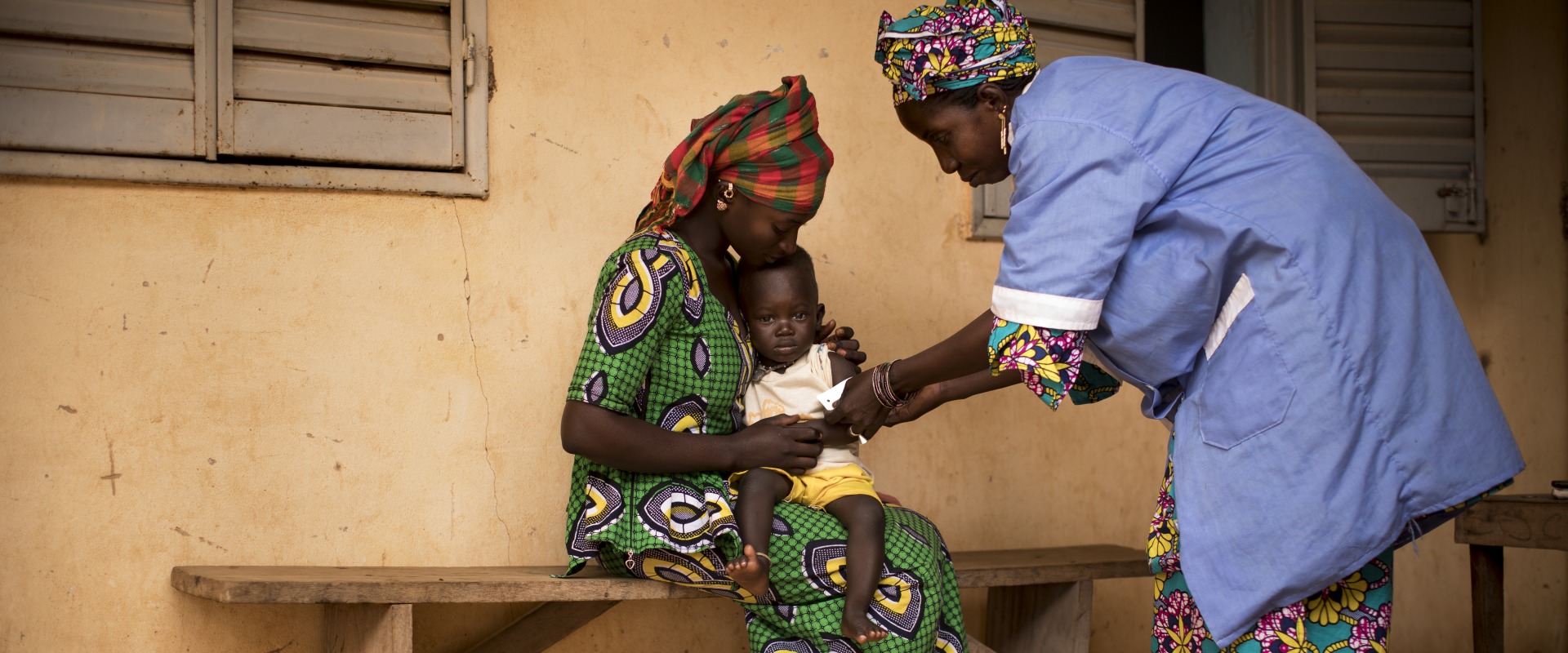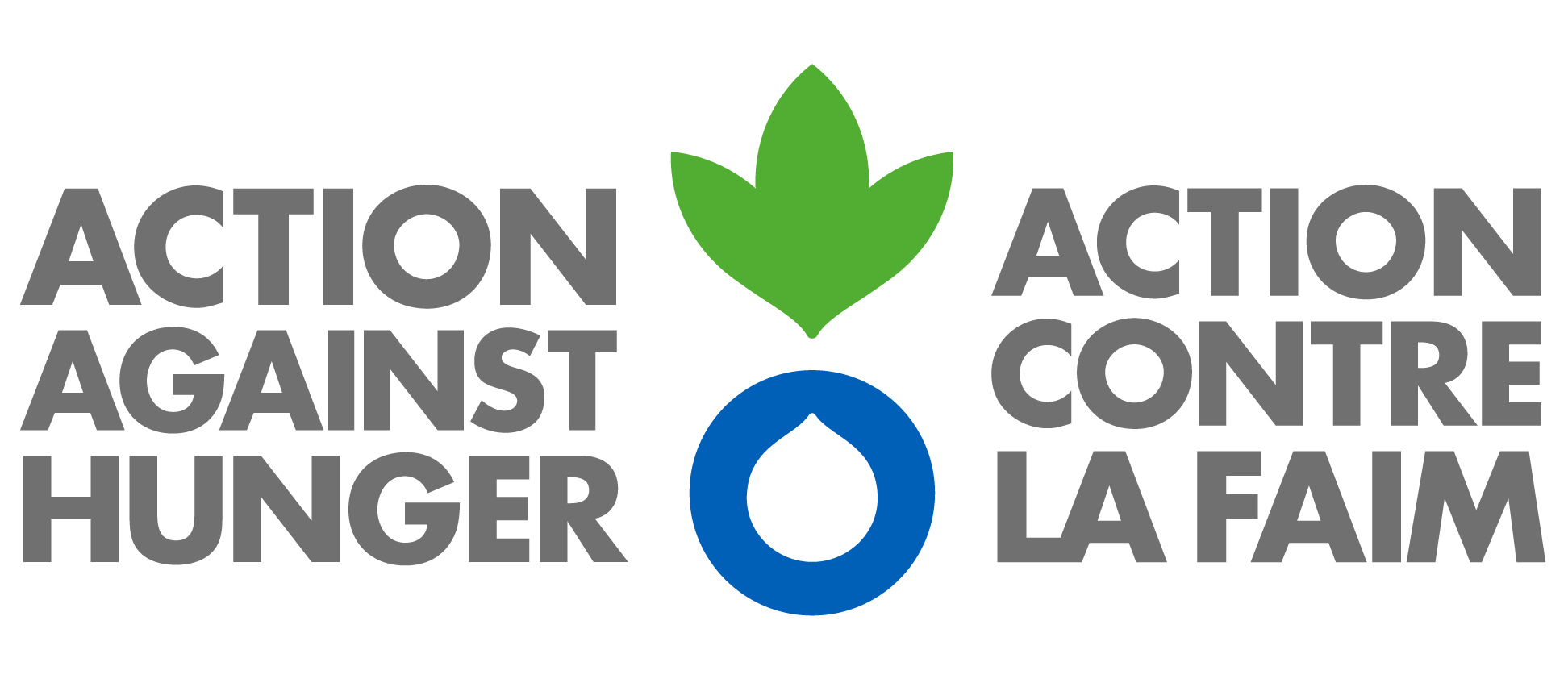Action Against Hunger leads the global movement to end hunger. We innovate solutions, advocate for change, and reach 21 million people every year with proven hunger prevention and treatment programs. As a nonprofit that works across 56 countries, our 8,900 dedicated staff members partner with communities to address the root causes of hunger, including climate change, conflict, inequity, and emergencies. We strive to create a world free from hunger, for everyone, for good.

Revised World Health Organization Guidance Advances Fight Against Acute Malnutrition
Updated WHO acute malnutrition policies include the first-ever guidelines for managing care for at risk infants and millions of moderately malnourished children
This month, the World Health Organization (WHO) issued new guidelines for addressing acute malnutrition, which now include the world’s first standards for managing cases of moderate acute malnutrition (MAM), a condition that impacted more than 31 million children last year. The updated policy also provides the first guidelines on how to manage care for infants under six months old at risk of poor growth and development — a big step forward in helping to prevent children from ever becoming malnourished. Lastly, the WHO endorsed innovative malnutrition treatment models, such as treatment by community health workers outside of health facilities, a model that Action Against Hunger has pioneered to expand access to treatment.
The updated policies are a milestone in recognizing that acute malnutrition in childhood is not only a question of access to food, but is a medical issue that requires evidence-based care. Treatment for malnutrition is more than 90% effective, yet each year more than two million children still die of malnutrition and its effects, most having never accessed treatment.
“Moderately malnourished children face health risks four times greater than their well-nourished peers, but until now, there wasn’t clear agreement that these children need specialized treatment–much less what form that treatment should take,” said Heather Stobaugh, PhD., Senior Technical Specialist at Action Against Hunger. “The new protocols are an important step toward expanding treatment to reach all malnourished children and to intervene well before their condition becomes life-threatening.”
Action Against Hunger has been a key player in the development of these protocols, leading research in the critical role of health workers, who can successfully treat malnutrition in communities; gathering and presenting the evidence to WHO on treatment options and protocols for moderate acute malnutrition; and piloting studies with novel amounts and types of specialized medicinal food to treat moderately and severely malnourished children to recover their health.
Key components of the updated guidelines include:
Treatment protocols for children suffering from moderate acute malnutrition
WHO, for the first time, recommends that moderately malnourished children in humanitarian crises should be prioritized to receive specially formulated foods to address their condition and prevent them from deteriorating into severe acute malnutrition (SAM). Action Against Hunger collected and analyzed the existing evidence surrounding the treatment of moderately malnourished children and its effectiveness for WHO.
Expanding the work of community health workers to include management of acute malnutrition
More than half of the world’s population live more than three miles from a health center, creating major geographic and economic barriers for many malnourished children to access health centers and treatment. Action Against Hunger was the first organization to conduct pilot studies in Mali, Mauritania, Niger, Kenya, and Pakistan that trained community health workers to successfully treat severely malnourished children in their own homes and communities, instead of in health posts or health facilities. WHO updated its guidelines to allow community health workers to screen, detect, and treat cases of malnutrition within communities, so long as they are adequately trained and supervised.
Treatment of infants under six months old at high-risk for poor outcomes
For the first time, WHO guidelines now include recommendations for inpatient and outpatient treatment of acutely malnourished infants under six months old and their mothers/caregivers, as well as recommendations for care and monitoring to prevent malnutrition from occurring in the first place. Action Against Hunger programs emphasize integrated, holistic approaches to prevent and manage wasting that brings together counselling and education to parents and caregivers on responsive caregiving and psychosocial stimulation, access to water and sanitation services, and economic empowerment within households.
Modified dosages for treatment
WHO endorses a new option for treatment that modifies the dosages of ready-to-use therapeutic foods for children as they recover from severe acute malnutrition (SAM) to moderate acute malnutrition (MAM) — resulting in more efficient use of the limited supplies of essential treatment products. Action Against Hunger has conducted research and continues to collect evidence to prove that modified doses can help lower the costs of treatment while still remaining safe and effective at helping children regain their health.
Interventions after recovery from malnutrition
For the first time, WHO includes a specific section on the importance of sustaining recovery after a child recovers from acute malnutrition. While the guidance on this topic is high-level, its inclusion highlights the importance of continuing to monitor this high-risk population. Action Against Hunger has just completed a new large, multi-country study on post-recovery from acute malnutrition in children and will be presenting the latest evidence to WHO and other stakeholders.
“We will now work with governments to update their national guidelines to improve how the world addresses acute malnutrition, which remains one of the biggest threats to child survival,” said Stobaugh. “These latest WHO guidelines show progress, but there is still much work to be done. We will continue pursing innovation, conducting novel research, and collaborating with policy-makers to ensure that we have the most effective solutions against malnutrition.”
Explore More
All News & StoriesKEEP UP WITH THE ACTION
Join our community of supporters passionate about ending world hunger.



